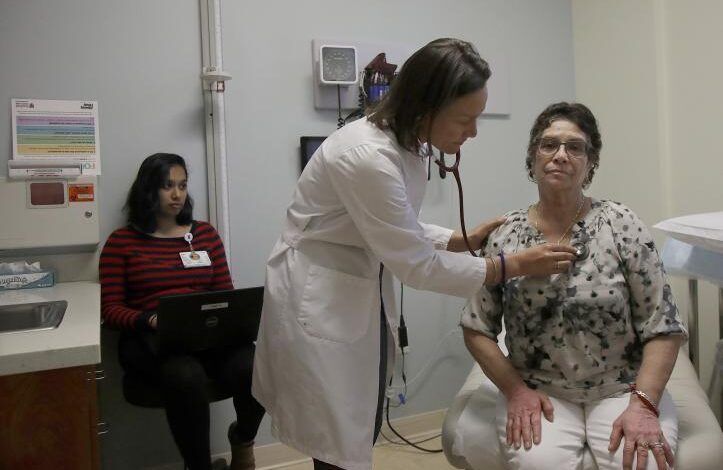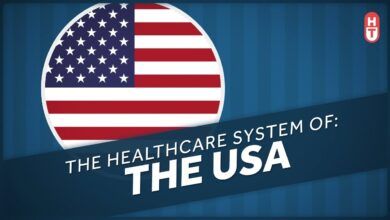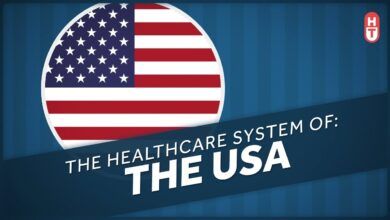Primary Care in High-Income Countries: How the United States Compares

Primary care encompasses a range of essential healthcare services, including preventive care, treatment of acute and chronic conditions, and coordination of care across specialties. It serves as the first point of contact for individuals seeking medical assistance and plays a crucial role in promoting overall health and wellness.
Table of Contents
ToggleDefining Primary Care
At its core, primary care is characterized by its accessibility, continuity, comprehensiveness, and coordination. These characteristics ensure that individuals receive timely and holistic care that addresses their physical, mental, and emotional needs. In high-income countries, primary care serves as the foundation of healthcare systems, acting as a gateway to specialized services when necessary.
Accessibility
One of the key components of primary care is accessibility. This entails the availability of primary care providers and services within communities, as well as the geographic distribution of healthcare facilities. In high-income countries, primary care is often readily accessible, with a network of clinics, medical offices, and community health centers serving urban and rural areas alike.
Continuity
Continuity of care is another essential aspect of primary care, emphasizing the ongoing relationship between patients and their primary care providers. This continuity ensures that individuals receive consistent and personalized care over time, with providers familiarizing themselves with patients’ medical histories, preferences, and needs. Follow-up care is integral to continuity, enabling providers to monitor patients’ progress and adjust treatment plans as necessary.
Comprehensiveness
Primary care is comprehensive in nature, offering a wide range of services to address individuals’ healthcare needs comprehensively. These services may include preventive care, routine screenings, vaccinations, management of chronic conditions, and mental health services. By taking a holistic approach to healthcare, primary care providers strive to address the diverse needs of patients across the lifespan.
Coordination
Coordination of care is essential for ensuring seamless transitions between primary care and specialized services. Primary care providers serve as care coordinators, facilitating communication and collaboration among various healthcare professionals involved in a patient’s care. This coordination extends to referrals to specialists, diagnostic testing, and hospital admissions, ensuring that patients receive the appropriate level of care at the right time.
Primary Care in High-Income Countries
In high-income countries, primary care plays a central role in healthcare delivery, serving as the first point of contact for individuals seeking medical assistance. It is characterized by its emphasis on preventive care, early intervention, and continuity of care, with primary care providers serving as advocates for patients’ health and well-being.
Overview
Primary care serves as the foundation of healthcare systems in high-income countries, promoting population health and reducing healthcare disparities. It plays a crucial role in preventive care, chronic disease management, and health promotion, emphasizing the importance of early intervention and comprehensive care delivery.
Comparison with Other Healthcare Models
While primary care is universally recognized as essential, there are notable differences in its provision across high-income countries. Variations in healthcare financing, delivery models, and provider incentives contribute to differences in primary care accessibility, quality, and outcomes. Despite these variations, primary care remains a fundamental component of healthcare systems worldwide.
The United States’ Approach to Primary Care
In the United States, primary care faces unique challenges and opportunities within the broader healthcare landscape. While primary care providers play a vital role in delivering essential services to patients, there are notable disparities in access, quality, and affordability across populations.
Overview
The U.S. healthcare system is characterized by its complexity, with a mix of public and private payers, fragmented delivery systems, and significant variations in healthcare access and outcomes. Primary care providers, including physicians, nurse practitioners, and physician assistants, play a crucial role in delivering comprehensive and coordinated care to patients across settings.
Challenges
Despite the importance of primary care, the United States faces significant challenges in ensuring universal access to high-quality services. Accessibility issues, including geographic maldistribution of providers and shortages in rural and underserved areas, limit individuals’ ability to seek timely care. Continuity of care is also hindered by fragmented delivery systems, with patients often encountering barriers to care coordination and follow-up.
Financial barriers further exacerbate access to primary care, with uninsured and underinsured individuals facing challenges in affording essential services. Additionally, reimbursement models that prioritize procedural interventions over primary care services contribute to disparities in provider compensation and resource allocation.
Innovations and Solutions
Despite these challenges, there are ongoing efforts to innovate and improve primary care delivery in the United States. Initiatives such as patient-centered medical homes, accountable care organizations, and telehealth services aim to enhance access, quality, and coordination of care. These innovations leverage technology, interdisciplinary collaboration, and value-based payment models to transform primary care delivery and improve patient outcomes.
Conclusion
Primary care serves as the cornerstone of healthcare systems in high-income countries, promoting population health and reducing healthcare disparities. While the United States faces unique challenges in delivering primary care, there are ongoing efforts to innovate and improve care delivery models. By addressing accessibility, continuity, and affordability, the United States can strengthen its primary care infrastructure and ensure that all individuals have access to high-quality, comprehensive healthcare services.




